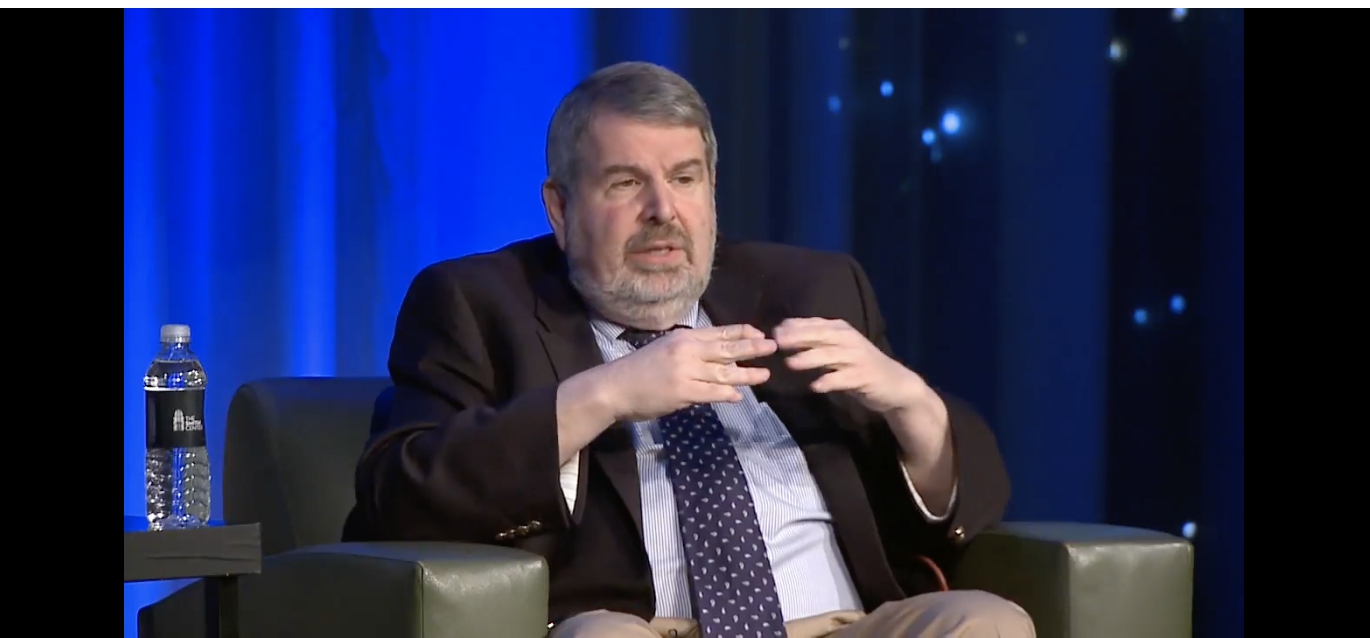Why we use Mark Mellman for polling

Some of you surely saw our recent poll on the presidential race in Nevada, which the Democratic National Committee is using as a qualifying poll for the next two debates. We were thrilled to (again) work with Mark Mellman, a veteran Democratic pollster who has done a lot of work in Nevada.
I noticed that last week, Nate Silver’s 538 site posted its latest pollster ratings. Mellman fared all right – he was given a “B/C,” based on metrics such as races called correctly and the predictive power of polls analyzed.
I have a lot of respect for Silver and his data-driven approach, which has been a fount of good information over the years. But an analysis like this has its limitations. (I have needled Nate about his call in 2010 that there was an 87 percent chance Sharron Angle would win.)
First, the sample size (21 Mellman polls) is relatively small, especially when compared to other pollsters.
Second, remember 538 measures only publicly released polls. Mellman does many surveys for campaigns that are never made public, and we don’t know what those found or how accurate they proved to be, later.
Third, I want to tell you why we use him for our surveys, as we did last year, too: He knows Nevada as well as anyone, and his public and private results here are impeccable. (When I asked him to do a caucus poll — a difficult universe to pin down — he gave a lot of thought to the sample and how he would contact people, including obtaining a list of past caucusgoers.) The best example is 2010, when I obtained two months of his polling for Harry Reid from September to Election Day: He never had Reid ahead by fewer than 5 points. Reid won by 6.
Bottom line: He knows how to model the Nevada electorate, which is the most important quality you can have in a pollster. And, as you can see from his column last week, Mellman is adapting to a changing respondent world.
As you know, we are a nonprofit, and we try to spend our money wisely. I refuse to scrimp on polling — there are too many poseurs out there — and doing it right is expensive.
I hope Mellman will do more work for us. If you like what you see, please help by donating to our 501(c)3 so we can continue to poll throughout the cycle.
